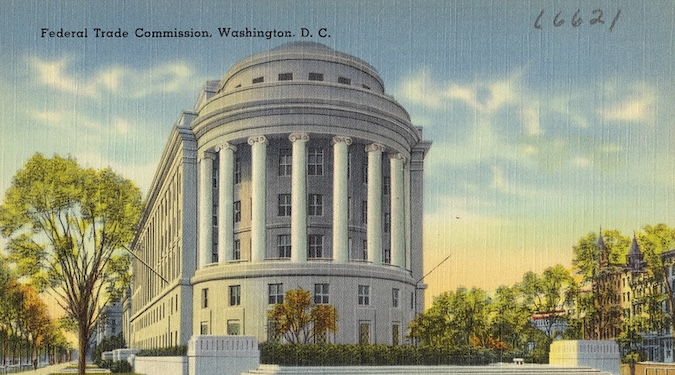Michael McLaughlin examines the effect of defense mergers on the national security sphere, arguing that antitrust and national security are largely complementary in accomplishing the goals relevant to each. In “National Security and Competition,” McLaughlin first discusses concerns that come with stifled competition in the defense market. He then focuses on the evolution in case… Continue reading National Security and Competition: How Courts Evaluate National Security When Assessing a Merger
Tag: Emerging Technology
Deepfake 2024: Will Citizens United and Artificial Intelligence Together Destroy Representative Democracy?
Richard W. Painter discusses “deepfakes”—computer-generated videos posted and made to look like reality—and their potential impact on politics. Painter predicts that the dark money that has been increasingly used in election campaigns since the Citizens United v. FEC ruling will soon become a source for funding political deepfakes during elections. Because the FEC and Congress… Continue reading Deepfake 2024: Will Citizens United and Artificial Intelligence Together Destroy Representative Democracy?
Deepfakes Perpetuating Disinformation in America
In the report Deepfake, Cheapfake: The Internet’s Next Earthquake? DeepTrust Alliance describes the ‘portending serious consequences’ deepfakes have for society by highlighting the social, political and emotional toll deepfakes place on individuals, corporations and governments. As the issue of deepfakes permeates many aspects of society, legislators and policymakers have long struggled to come up with… Continue reading Deepfakes Perpetuating Disinformation in America



